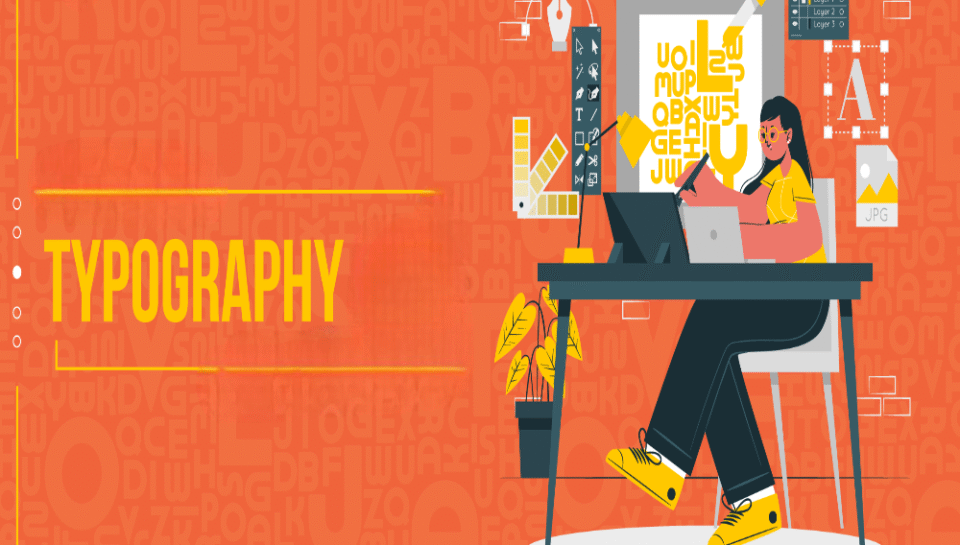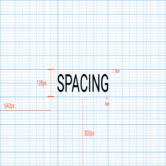
What role does typography play in stationery design?
1. Establishing Brand Personality and Tone
Typography is a fundamental element in conveying the personality of a brand through stationery. The choice of fonts, their weight, and styling influence how the brand is perceived—whether it’s formal, creative, modern, or traditional.
- Serif fonts convey elegance, trust, and heritage—ideal for legal or consulting firms
- Sans-serif fonts reflect modernity, minimalism, and tech-savviness—preferred in IT and startups
- Script or display fonts add creativity or warmth when used sparingly for headings or quotes
- Monospaced fonts can emphasize structure and utility, often used in developer or coding-themed designs
- Font tone (soft vs. sharp, rounded vs. angular) should match the brand’s identity consistently across letterheads, cards, and envelopes
2. Supporting Readability and Information Hierarchy
Well-chosen typography ensures that key information is easy to read and properly prioritized. In business stationery like letterheads, visiting cards, and notepads, clarity is non-negotiable.
- Use hierarchical font sizes to differentiate name, designation, contact, and address
- Maintain adequate line spacing and margin control to reduce visual clutter
- Apply bold or semi-bold weights for names or headings while keeping body text light or regular
- Avoid overly condensed or decorative fonts in high-text-density areas
- Use consistent alignment (left, center, justified) to support scanability
3. Reinforcing Professionalism and Trust
Typography communicates subtle cues about a company’s professionalism. Inconsistent or poorly chosen fonts can undermine credibility even if the design is otherwise visually strong.
- Avoid using more than 2–3 font families on a single stationery item
- Stick to brand-approved fonts to maintain coherence across departments
- Ensure printed typography maintains sharpness and legibility at small sizes
- Use high-quality font rendering (not rasterized) for clean print finishes
- Letter spacing (kerning) and word tracking must be carefully adjusted in logotypes or taglines
4. Enhancing Aesthetic Balance and Layout
Typography shapes the visual structure of stationery, working alongside icons, logos, and spacing to create a balanced composition. Good font choice complements the visual rhythm of the design.
- Combine contrasting fonts (e.g., bold sans-serif header + light serif body) for harmony
- Use typographic alignment to guide visual flow—especially important in envelopes or pads
- Integrate typography with brand elements like color blocks or borders for layered design
- Maintain consistent baseline grids for multi-line content in notepads or internal memos
- Test typography on both digital previews and printed samples to confirm proportion
5. Allowing Cultural and Language Adaptability
In a diverse country like India, where stationery might include multilingual content, typography must support multiple scripts while preserving brand coherence.
- Choose fonts with Indian language support (Devanagari, Tamil, Bengali, etc.) for regional versions
- Match typographic weight and tone across languages to retain uniform visual impact
- Maintain style consistency in translated names, designations, and taglines
- Align multilingual content with appropriate spacing and script-aware formatting
- Avoid overly stylized fonts that distort character legibility in complex scripts





